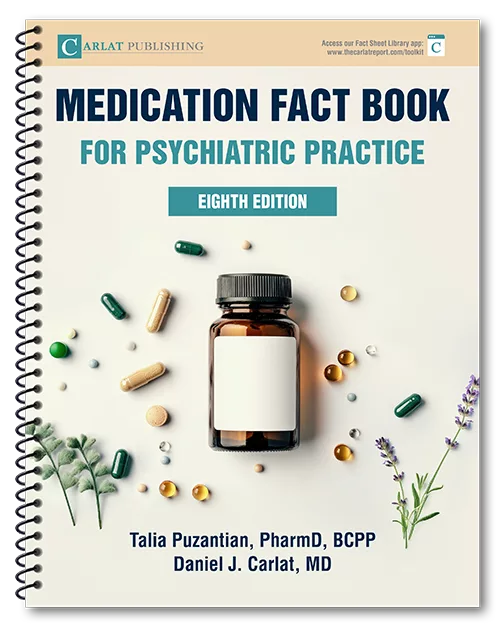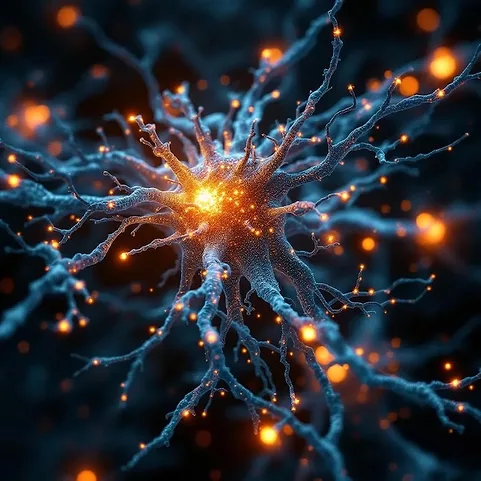Should We Prescribe Maintenance Antipsychotics for Patients With Psychotic Depression in Remission?
Viktoriya Golovatscka, MSN, PMHNP-BC, FNP-BC. Dr. Golovatscka has no financial relationships with companies related to this material.
REVIEW OF: Al-Wandi A et al, Acta Psychiatr Scand 2024;149(1):6–17
STUDY TYPE: Retrospective cohort
It’s been clear for some time now that the best acute treatment for patients with major depressive disorder with psychotic features is a combination of antidepressants and antipsychotics. American Psychiatric Association guidelines recommend continuing antipsychotics during the maintenance phase, when the goal is to prevent relapse after initial treatment success. But the evidence for this approach is limited. This study explores whether continuing antipsychotics alongside antidepressants provides any additional benefit in preventing hospital readmissions or suicides during the maintenance phase of treatment for psychotic unipolar depression.
In this retrospective cohort study, Al-Wandi and colleagues used Swedish national registers to track 4,391 patients with a diagnosis of psychotic unipolar depression. These patients were followed for 2 years after discharge from inpatient care between 2007 and 2016. They were divided into 2 groups: 2,972 patients received both antidepressants and antipsychotics, while 1,419 were treated with antidepressants alone. The primary outcome measured was the rate of hospital readmissions due to any psychiatric disorder, suicide attempts, or completed suicides.
Contrary to expectations, the study found that patients on antidepressant monotherapy had a lower risk of hospital readmission or suicide than those receiving the combination of antidepressants and antipsychotics. Specifically, 36.6% of the monotherapy group experienced these outcomes, compared to 42.3% in the combination therapy group. This difference was statistically significant, with a hazard ratio (HR) of 0.86 (95% confidence interval [CI]: 0.77–0.95), meaning that the risk of adverse outcomes was 14% lower for those on monotherapy compared to combination therapy. Mirtazapine was the most commonly prescribed antidepressant, at about 42% for both groups, and olanzapine was the most commonly prescribed antipsychotic, at about 50% in the combination group. Interestingly, a mood stabilizer, lithium, was the only medication associated with significant benefits, with an HR of 0.63 (95% CI: 0.48–0.82) for all subjects, indicating a 37% reduction in risk.
CARLAT TAKE
This study was observational. Perhaps patients who were more ill received multiple medications. That said, the results suggest that the routine use of antipsychotics in the maintenance phase for psychotic depression might not be as helpful as we thought. After remission from psychotic depression, consider antidepressant monotherapy, which might be more effective and avoids the potential for metabolic syndrome or tardive dyskinesia associated with antipsychotics.
Newsletters
Please see our Terms and Conditions, Privacy Policy, Subscription Agreement, Use of Cookies, and Hardware/Software Requirements to view our website.
© 2025 Carlat Publishing, LLC and Affiliates, All Rights Reserved.


_-The-Breakthrough-Antipsychotic-That-Could-Change-Everything.webp?t=1729528747)



